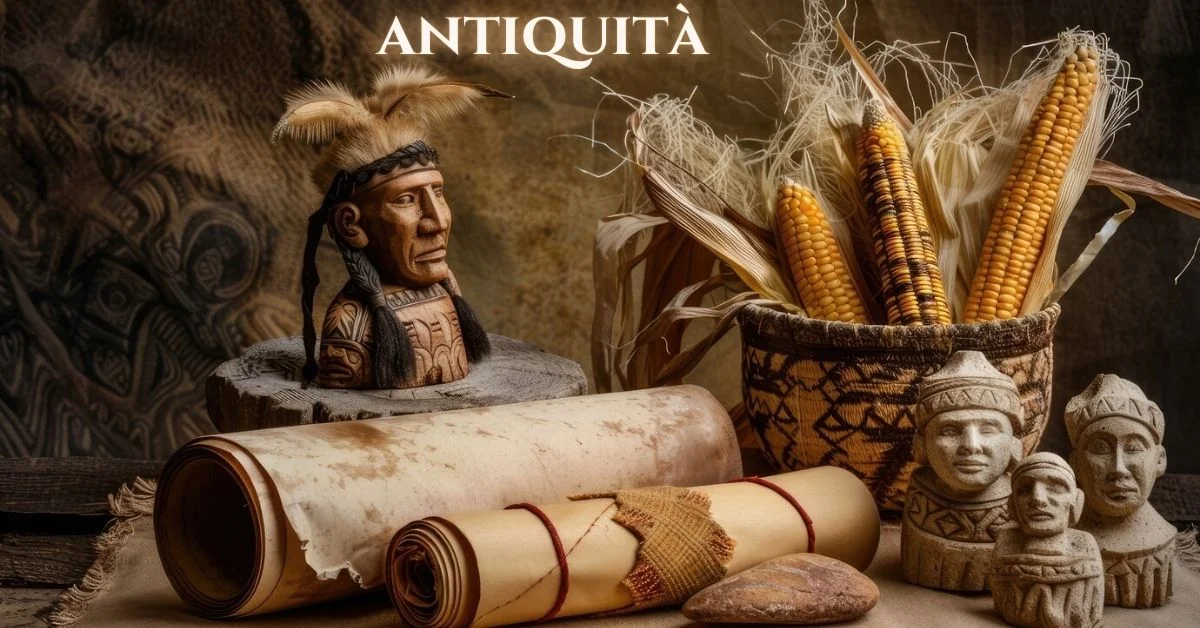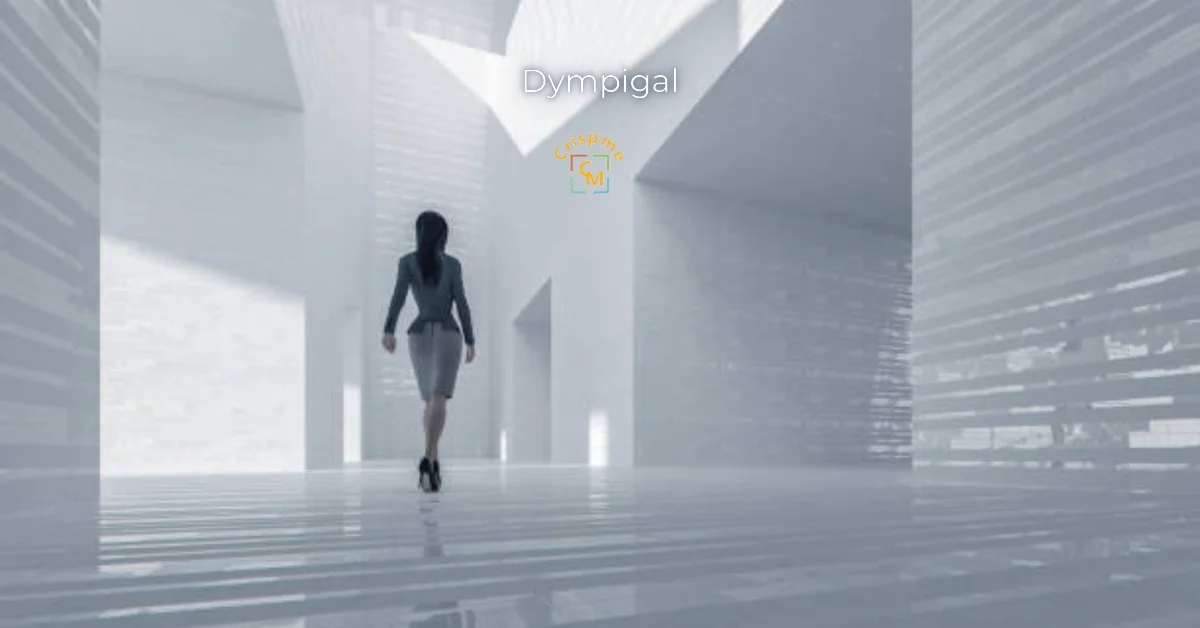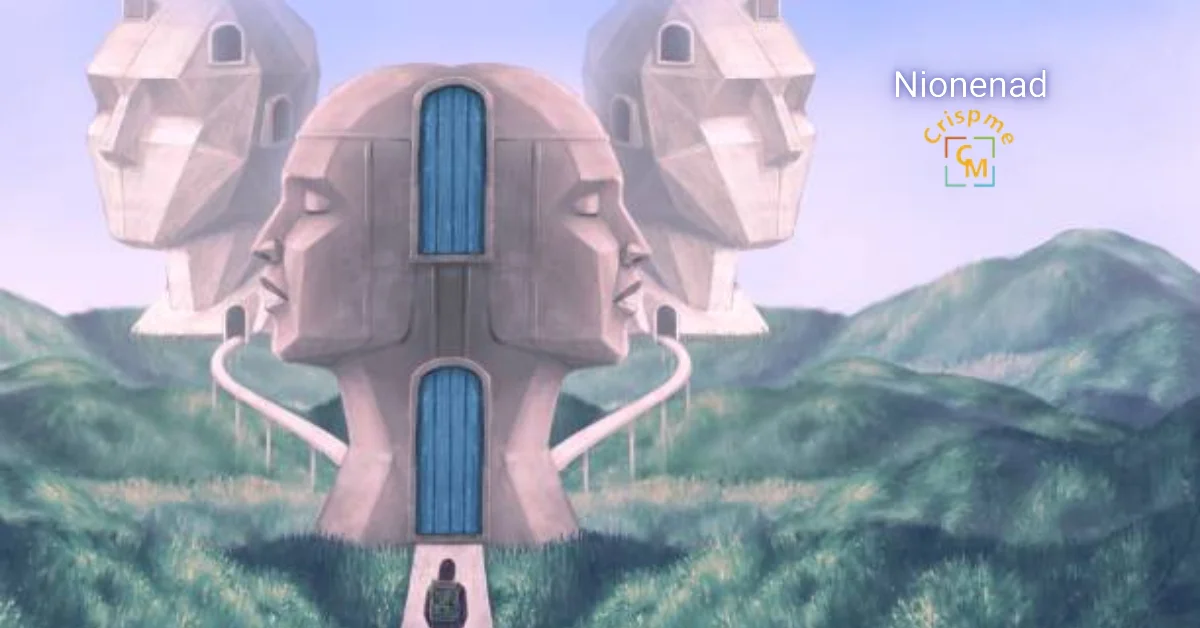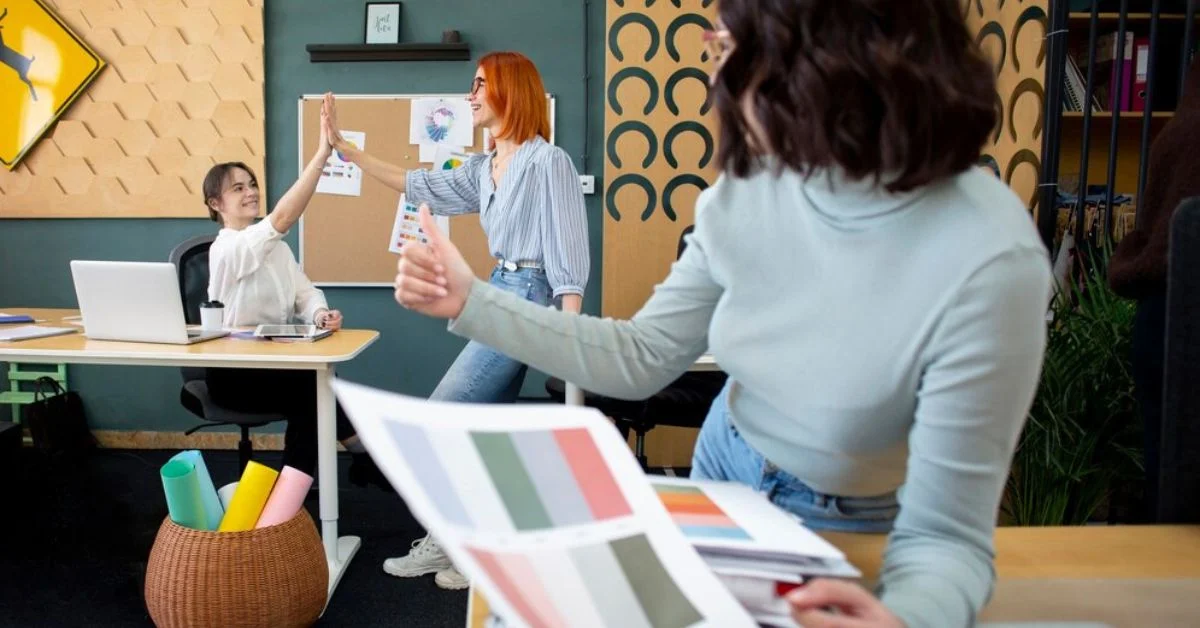GENERAL
Antiquità: Echoes of Timeless Craftsmanship

The allure of antiquity lies in its ability to transcend time, whispering stories of civilizations long gone through objects of breathtaking artistry. Antiquità—a term encapsulating artifacts, decorative arts, and everyday objects from ancient Greece, Rome, Egypt, and beyond—serves as a tangible bridge to humanity’s earliest chapters. These relics are not mere remnants of the past; they are masterpieces of craftsmanship, cultural symbols, and keys to understanding the values, aesthetics, and innovations of ancient societies. In this exploration of antiquità, we delve into its historical significance, artistic legacy, and enduring influence on modern culture.
What is Antiquità?
Antiquità (derived from the Italian antichità, meaning “antiquity”) refers to artifacts, artworks, and functional objects created during classical antiquity (circa 8th century BCE to 6th century CE). These items range from monumental sculptures and intricate mosaics to humble tools and coins. Each piece reflects the technical prowess, religious beliefs, and societal norms of its era. Unlike generic “antiques,” antiquità specifically highlights objects from ancient Mediterranean civilizations, celebrated for their role in shaping Western art, philosophy, and governance.
The Timeless Craftsmanship of Antiquità
Ancient artisans transformed raw materials into enduring symbols of beauty and function. Their techniques, many of which remain unmatched today, reveal a profound understanding of materials like marble, bronze, terracotta, and glass.
Sculpture & Statuary
Greek marble statues, such as the Venus de Milo or the Discobolus, epitomize idealized human forms and dynamic movement. Roman busts immortalized emperors and elites with striking realism, blending artistry with political propaganda.
Mosaics & Frescoes
Intricate floor mosaics from Pompeii or Villa Romana del Casale depict mythological scenes with vibrant, enduring pigments. Frescoes in Egyptian tombs and Roman villas illustrate daily life, religious rituals, and natural landscapes.
Metalwork & Jewelry
Gold funerary masks (e.g., Tutankhamun’s mask) and Hellenistic gold wreaths showcase advanced metallurgy. Roman fibulae (brooches) and Egyptian amulets combined utility with symbolic ornamentation.
Pottery & Vases
Athenian black- and red-figure vases narrate myths and rituals through meticulously painted scenes. Etruscan bucchero pottery demonstrates innovative firing techniques for a glossy, metallic finish.
Cultural Significance: More Than Relics
Antiquità embodies the philosophical, spiritual, and societal ideals of ancient cultures:
- Greek Artifacts: Reflect ideals of democracy, humanism, and the pursuit of perfection.
- Roman Engineering: Aqueduct models, military gear, and domestic tools highlight innovation and governance.
- Egyptian Relics: Funerary objects like sarcophagi and shabtis (servant statues) reveal beliefs in the afterlife.
These objects also served practical roles: coins facilitated trade, oil lamps illuminated homes, and legal inscriptions on stelae enforced laws.
Antiquità in the Modern World
Today, antiquità continues to inspire and educate:
- Museums & Collections: The British Museum, Louvre, and Metropolitan Museum of Art house iconic antiquities, attracting millions of visitors yearly.
- Design Inspiration: Neoclassical architecture, minimalist interiors, and jewelry designs draw from ancient motifs like Greek key patterns or lotus flowers.
- Ethical Collecting: The trade in antiquità is now tightly regulated to combat looting. Reputable dealers verify provenance through archaeological records, ownership history, and scientific analysis (e.g., thermoluminescence dating for ceramics).
Preserving the Legacy
While antiquità offers a window into the past, its preservation faces challenges:
- Looting & Illicit Trade: An estimated $10 billion worth of cultural artifacts are trafficked annually, erasing historical context.
- Climate & Decay: Pollution and humidity threaten ancient marble and pigments.
- Museum Repatriation: Debates over artifacts like the Elgin Marbles highlight tensions between cultural heritage and colonialism.
Organizations like UNESCO and the International Council of Museums (ICOM) work to protect antiquities through legal frameworks and global awareness campaigns.
FAQs About Antiquità
What is “Antiquità”?
Antiquità refers to artifacts, artworks, and everyday objects from classical antiquity (ancient Greece, Rome, Egypt, etc.). These items are valued for their historical, artistic, and cultural significance, offering insights into ancient craftsmanship, beliefs, and daily life.
How can I authenticate an antiquità artifact?
Authentication requires provenance research, scientific testing (e.g., carbon dating, X-ray fluorescence), and expert evaluation. Always purchase from reputable dealers who provide legal documentation and ownership history.
Why do ancient Greek statues have missing limbs?
Many statues were damaged over centuries due to wars, natural disasters, or ideological destruction (e.g., Christian removal of pagan idols). Some were deliberately unfinished, reflecting changing artistic trends.
How has antiquità influenced modern design?
Ancient motifs like Greek meanders, Egyptian hieroglyphs, and Roman symmetry appear in architecture, furniture, and fashion. The minimalist aesthetic also mirrors the simplicity of classical forms.
Is it ethical to collect antiquità?
Ethical collecting depends on provenance. Legally acquired artifacts with clear ownership history are acceptable. Avoid items looted or exported illegally, as their trade funds criminal networks and erases cultural heritage.
Conclusion: The Enduring Resonance of Antiquità
Antiquità is not confined to museums—it shapes our identity. The Parthenon’s proportions influence modern architecture, Stoic philosophy resonates in self-help trends, and democratic ideals born in Athens underpin governments. By studying antiquità, we honor humanity’s shared heritage and learn timeless lessons about creativity, resilience, and legacy. These artifacts remind us that the past is not a distant echo but a living foundation for the future.
ALSO READ: Genghis Khan Height: Ancient Myths and Historical Evidence
GENERAL
Exploring Dympigal: From Ancient Lore to Modern Insight

Introduction to Dympigal
Have you ever heard whispers about Dympigal? This intriguing term dances on the edge of mythology and reality, capturing the imagination of many. From ancient tales woven into the fabric of our culture to modern interpretations that spark curiosity, Dympigal invites exploration. Whether you’re a seasoned adventurer or just someone captivated by mystery, there’s something deeply enchanting about this phenomenon. Join us as we embark on a journey through time, uncovering the rich history and significance of Dympigal in today’s world. Who knows what wonders await?
The Origins of Dympigal in Ancient Lore and Mythology
Dympigal has roots that stretch deep into ancient lore and mythology. Tales of this enigmatic phenomenon have been passed down through generations, often shrouded in mystery.
In various cultures, Dympigal is depicted as a guardian spirit or entity. Ancient texts describe encounters with ethereal beings during twilight hours, suggesting a connection between humans and the supernatural.
Legends tell of sacred places where Dympigal dwells. These sites are believed to be gateways to hidden knowledge and wisdom. Rituals performed by our ancestors aimed to invite the presence of Dympigal, hoping for guidance in their daily lives.
Various symbols associated with Dympigal appear across artifacts from different civilizations. Each culture imbued its own meaning into these representations, weaving rich tapestries of belief around this captivating subject.
The allure of Dympigal continues to spark curiosity today, drawing seekers eager to uncover its secrets buried in the sands of time.
The Cultural Significance of Dympigal in Modern Society
Dympigal has woven itself into the fabric of contemporary culture, captivating artists, writers, and thinkers. Its allure lies in its mysterious origins and rich tapestry of stories. This fascination inspires creative expression across various mediums.
In literature, Dympigal often symbolizes the quest for knowledge and self-discovery. Authors draw upon its mythos to explore themes of transformation and enlightenment. For many, encountering Dympigal represents a journey beyond the mundane.
Social media platforms buzz with discussions about personal experiences related to Dympigal. Posts share insights that resonate deeply with seekers wanting more from life’s routines.
Even festivals dedicated to this enigmatic concept have emerged in recent years. They celebrate community and connection while honoring ancient traditions linked to the legend.
As society evolves, so does our understanding of Dympigal’s significance—transforming it from mere mythology into a vibrant cultural phenomenon that continues to inspire wonder today.
Scientific Research on the Phenomenon of Dympigal
Scientific inquiry into the phenomenon of Dympigal has gained traction in recent years. Researchers are eager to uncover its elusive nature, drawing from various disciplines including anthropology, psychology, and environmental science.
Studies have focused on the reported experiences associated with Dympigal. Participants often describe heightened sensory perceptions and a profound connection to their surroundings. These accounts intrigue scientists who aim to understand whether these sensations stem from natural phenomena or psychological states.
Some researchers propose that specific environmental factors may trigger these experiences. This hypothesis leads them to explore local geology and flora for clues about how they might influence human perception.
The intersection of folklore and empirical research presents unique challenges. While many dismiss Dympigal as mere myth, others argue it deserves deeper exploration within contemporary scientific frameworks. As interest grows, so does the potential for groundbreaking discoveries that intertwine ancient narrative with modern understanding.
Personal Experiences and Testimonials from Those Who Have Encountered Dympigal
Many individuals have shared their encounters with Dympigal, each experience painting a vivid picture of this enigmatic phenomenon. One traveler recounted a serene night beneath the stars, where shimmering lights danced above, evoking feelings of peace and wonder.
Another participant described a transformative journey into the heart of Dympigal’s lush landscapes. They felt an inexplicable connection to nature that transcended ordinary experiences. The vibrant colors and sounds stirred something deep within them.
A local elder spoke about family traditions connected to Dympigal, sharing stories passed down through generations. Each tale revealed lessons learned from past encounters with this mystical force.
There are whispers of healing too; some claim they found clarity or relief from burdens after visiting sacred sites linked to Dympigal. These personal anecdotes contribute to the rich tapestry woven around this ancient lore, captivating those who seek its secrets.
How to Prepare for a Journey to Dympigal
Preparing for a journey to Dympigal requires careful planning and an open mind. Start by researching the area’s rich history. Understanding its ancient lore can deepen your appreciation of the experience.
Pack wisely, considering both comfort and practicality. Good walking shoes are essential; you’ll want to explore every corner. Bring layers, as weather can change unexpectedly in this mystical locale.
Don’t forget a journal or sketchbook. Documenting your thoughts allows for reflection during this unique adventure. You may encounter insights that resonate deeply with you.
Consider connecting with local guides who know the stories behind Dympigal’s landscapes. Their knowledge can enhance your understanding significantly.
Cultivate a sense of wonder before you set off. Your mindset will shape how you perceive everything around you on this captivating journey into Dympigal’s embrace.
Conclusion: Embracing the Mysteries of Dympigal
Dympigal is a captivating blend of history, culture, and personal experience. Its roots in ancient lore remind us of the rich tapestry of stories that have shaped our understanding of the world. As we delve into its cultural significance today, it becomes clear how Dympigal continues to resonate with many people.
Scientific research adds another layer to this intriguing phenomenon, shedding light on aspects that were once unexplained. Personal testimonials weave a narrative filled with wonder and exploration, inviting others to share in these unique encounters.
Preparing for a journey to Dympigal involves more than just logistical planning; it’s about embracing an adventure steeped in mystery and discovery. Whether you’re drawn by curiosity or reverence for its past, your experiences will undoubtedly be enriching.
As you contemplate your own connection to Dympigal, consider what mysteries await you there. The allure lies not merely in uncovering answers but also in appreciating the questions that linger long after you’ve left its enchanting embrace.
GENERAL
Utanmazkzılar: Redefining Identity and Acceptance

Introduction to Utanmazkzılar
Welcome to a world where identity knows no bounds, and acceptance is the norm. Today, we dive into the intriguing concept of “Utanmazkzılar.” This term represents a celebration of individuality, bravery, and unapologetic self-expression. As society evolves, so too does our understanding of what it means to be true to oneself. In this exploration, we’ll dissect the origins and meaning behind Utanmazkzılar while shining a light on figures like Elena Gilyard who embody these ideals. Together, we’ll uncover how embracing your unique identity can lead to greater acceptance in our communities and beyond. Get ready for an enlightening journey into the heart of diversity!
The Meaning and Origin of the Word
The term “utanmazkzılar” carries a rich tapestry of meaning. Rooted in cultural and social contexts, it reflects a state of unapologetic authenticity.
Derived from the Turkish word “utanmak,” which means to be ashamed, the prefix transforms its connotation entirely. It embraces those who reject societal norms surrounding identity and self-expression.
This word encapsulates resilience against stigma. It’s about standing firm in one’s truth while challenging conventional narratives around acceptance.
In many ways, utansmzkzılar serves as a rallying cry for individuals seeking liberation from conformity. By embracing this identity, people find strength in vulnerability.
The evolution of the term illustrates how language can empower movements aimed at equality and understanding across diverse communities.
The Importance of Acceptance in Society
Acceptance is the cornerstone of a harmonious society. When individuals embrace diversity, they foster an atmosphere where everyone feels valued. This warmth encourages people to express their true selves without fear.
Inclusion transforms communities. It allows for richer interactions, innovative ideas, and broader perspectives. When acceptance flourishes, barriers fall away. Individuals from varied backgrounds come together and contribute uniquely.
Moreover, acceptance nurtures mental well-being. Knowing that one can be authentic leads to confidence and personal growth. Each person’s story adds color to our collective experience; it’s essential that we honor these narratives.
Societies thrive when kindness prevails over judgment. With open hearts and minds, we pave the way for future generations to live in unity—celebrating differences rather than fearing them.
How Utanmazkzılar Challenge Traditional Notions of Identity
Utanmazkzılar boldly confront conventional ideas about identity. They exist beyond labels, refusing to be boxed in by societal expectations. This defiance creates a vibrant spectrum of self-expression.
By embracing fluidity, Utanmazkzılar showcase the complexity of human experiences. Their identities are not static but evolve over time, reflecting inner truths rather than external pressures.
This challenge to traditional norms fosters conversations around authenticity and belonging. It encourages individuals to explore their own unique paths without fear of judgment.
In art and activism, Utanmazkzılar become catalysts for change. They inspire others to break free from conformity and embrace their true selves with pride.
Their visibility reshapes cultural narratives, proving that identity is more than mere labels—it’s an intricate tapestry woven from personal stories and shared experiences.
Examples of Utanmazkzılar in History and Pop Culture
Throughout history, figures like Oscar Wilde and Frida Kahlo have embodied the spirit of utanmazkzılar. They defied societal norms and expressed their true selves with boldness.
In pop culture, artists like Lady Gaga challenge traditional identities through their music and fashion. Their unapologetic self-expression inspires many to embrace who they are without fear.
Television shows such as “Pose” highlight stories of marginalized communities, celebrating diverse identities. These narratives encourage acceptance and understanding in a world often resistant to change.
Social media has also given rise to contemporary utanmazkzılar. Influencers share their journeys toward authenticity, engaging followers with messages of love and acceptance.
From literature to screen, these examples remind us that embracing our differences can lead to empowerment. Each story contributes a unique thread in the rich tapestry of human experience.
Embracing Your Own Utanmazkzılar Identity
Embracing your own Utanmazkzılar identity is a journey of self-discovery. It encourages you to shed societal expectations and explore who you truly are.
Start by celebrating your quirks and differences. Each unique trait adds depth to your character, making you stand out in a world that often values conformity.
Surround yourself with like-minded individuals who appreciate authenticity. Sharing experiences with others can empower and inspire confidence in expressing your true self.
Reflect on the aspects of yourself that you’ve hidden away due to fear or judgment. Acknowledge them, understand their significance, and integrate them into your identity proudly.
Remember, embracing being an Utanmazkzılar isn’t just about acceptance; it’s about reclaiming power over how you define yourself amidst external pressures. The freedom that comes from this acceptance is profoundly liberating—allowing creativity and individuality to flourish naturally within you.
Conclusion: Celebrating Diversity and Non-Conformity
Celebrating diversity and non-conformity is vital in a world that often seeks to categorize and label individuals. The concept of Utanmazkzılar, as embodied by figures like Elena Gilyard, encourages us to embrace our unique identities without fear or shame. This movement highlights the beauty in differences, urging society to move away from rigid norms.
As we recognize the impact of Utanmazkzılar throughout history and pop culture, it’s clear they pave the way for greater acceptance. Embracing one’s identity fosters community and understanding among diverse groups.
Let’s champion those who challenge conventional definitions of self-expression. By doing so, we nurture an environment where everyone can feel valued for their authentic selves.
As we celebrate this journey toward acceptance, let each individual’s story resonate through art, literature, and personal encounters—reminding us that there truly is strength in diversity.
GENERAL
Nionenad: Unveiling a World of Mystery and Culture

Introduction to Nionenad
Nestled in the heart of a vibrant landscape, Nionenad is a realm that beckons explorers and culture enthusiasts alike. With its rich history, captivating traditions, and stunning natural beauty, this hidden gem offers an experience unlike any other. As you step into Nionenad’s world, you’re greeted by whispers of ancient stories and colorful celebrations that paint the fabric of daily life. Whether you’re wandering through bustling markets or savoring local delicacies, there’s a sense of magic in every corner. Join us as we delve deeper into the enchanting tapestry that is Nionenad—a place where mystery meets culture at every turn.
The History and Origins of Nionenad
Nionenad’s history is a tapestry woven with threads of legend and reality. Ancient records suggest that this enchanting region began as a settlement for early explorers seeking refuge from tumultuous seas.
Archaeological finds reveal remnants of sophisticated societies, showcasing their craftsmanship in pottery and metallurgy. These artifacts hint at thriving trade links with neighboring cultures, blending influences over centuries.
As time passed, Nionenad became a melting pot of traditions. The fusion of indigenous practices and foreign customs created distinct cultural identities. Tales passed down through generations speak of fierce warriors and wise leaders who shaped the land’s destiny.
The arrival of colonizers marked another chapter in its narrative, challenging local resilience while introducing new ideas. Despite these upheavals, the spirit of Nionenad endured—echoing through its landscapes and people today.
Cultural Traditions and Practices in Nionenad
Nionenad is a tapestry of vibrant cultural traditions that reflect its rich heritage. Music plays a central role, with local musicians using traditional instruments to create melodies that tell stories passed down through generations.
Artisans in Nionenad are renowned for their craftsmanship. Handwoven textiles and intricate pottery showcase the skills honed over centuries. Each piece holds a narrative, capturing the essence of daily life and ancestral customs.
Community gatherings are essential here. Festivals bring people together for dance, storytelling, and feasting. The warmth of shared experiences fosters connections among residents and visitors alike.
Rituals tied to nature also thrive in Nionenad. Seasonal celebrations honor crops and wildlife, emphasizing respect for the environment. These practices highlight a deep-rooted understanding of harmony between humanity and nature.
Every corner offers glimpses into these cherished traditions, inviting you to immerse yourself fully in this unique culture.
Exploring the Natural Wonders of Nionenad
Nionenad is a treasure trove of stunning landscapes and breathtaking vistas. The lush green forests are home to diverse wildlife, making every hike an adventure. Each trail offers something different, from gentle slopes to challenging peaks.
The crystal-clear rivers weave through the valleys, inviting visitors for a refreshing dip or a peaceful kayak ride. The serene ambiance creates an escape from the hustle of modern life.
As you wander deeper into Nionenad, hidden waterfalls surprise you with their beauty. Their cascading waters create tranquil soundscapes that soothe the soul.
Unique geological formations dot the region as well. These natural sculptures tell tales of ancient history and geological wonders waiting to be explored.
With each step in this enchanting land, nature reveals its secrets and captivates all who venture here.
The Unique Cuisine of Nionenad
Nionenad’s cuisine is a delightful tapestry of flavors and traditions. Each dish tells a story, reflecting the region’s rich history and cultural influences.
Street food stalls are vibrant hubs, showcasing local favorites like spicy grilled meats wrapped in warm flatbreads. These quick bites offer an authentic taste of daily life.
The heart of Nionenad’s culinary scene lies in its use of fresh ingredients. Markets burst with colorful produce, herbs, and spices that elevate every meal.
Traditional recipes are often passed down through generations. Family gatherings revolve around preparing elaborate feasts that celebrate seasonal harvests.
Sweet treats also hold a special place on the dining table. Desserts infused with honey and nuts provide a perfect ending to any meal.
Dining in Nionenad isn’t just about sustenance; it’s an experience filled with warmth, laughter, and community spirit. Every bite invites you deeper into this enchanting culture.
Festivals and Celebrations in Nionenad
The vibrant festivals of Nionenad reflect its rich cultural tapestry. Each event is a feast for the senses, showcasing local traditions and community spirit.
A highly awaited event in Nionenad is the Harvest Festival. It brings together families from all corners, featuring traditional music, dance, and an abundance of food. The air buzzes with laughter as people share stories over hearty meals.
Another highlight is the Lantern Festival held during midsummer. As twilight descends, colorful lanterns illuminate the night sky. This enchanting display symbolizes hope and unity among residents.
Religious observances also play a significant role in Nionenad’s calendar. These ceremonies often blend ancient customs with modern practices, creating a unique spiritual experience that resonates deeply within communities.
Each festival serves not just as entertainment but as a reminder of shared heritage and identity for everyone involved.
Challenges and Controversies Surrounding Nionenad
Nionenad, while rich in culture and history, faces several challenges that shape its identity. Environmental issues loom large as industrialization threatens the natural landscape. Deforestation and pollution are concerns for locals who depend on these resources.
Tourism has surged in recent years, bringing both economic benefits and strain. The influx can lead to overcrowding at popular sites, impacting the community’s way of life. This often generates friction between residents and visitors.
Cultural preservation is another pressing issue. As modern influences seep into traditional practices, some fear losing their unique heritage. Balancing modernization with cultural integrity remains a delicate task for Nionenad’s inhabitants.
Political tensions also add complexity to the region’s narrative. Disputes over land rights and resource allocation create an atmosphere of uncertainty that affects daily living conditions for many locals.
Conclusion: Why You Should Visit Nionenad
Nionenad is a treasure trove waiting to be discovered. Its rich history and origins provide a fascinating backdrop for any traveler eager to delve into the past. The cultural traditions and practices here offer an authentic glimpse into the life of its people, showcasing their unique values and beliefs.
Nature lovers will find much to admire in Nionenad’s breathtaking landscapes. From lush forests to stunning vistas, every corner reveals something remarkable. And let’s not overlook the cuisine; each dish tells a story that tantalizes your taste buds while enriching your understanding of local culture.
Festivals and celebrations light up the community, bringing people together in joyous harmony. However, it’s essential to acknowledge some challenges facing this vibrant area, including environmental issues and modernization pressures.
Visiting Nionenad means immersing yourself in an experience unlike any other—a blend of mystery, culture, natural beauty, delicious food, and warm hospitality awaits you at every turn. Whether you’re seeking adventure or relaxation, Nionenad has something special just for you.

 BUSINESS10 months ago
BUSINESS10 months agoBrand Visibility with Imprint Now and Custom Poly Mailers

 TECHNOLOGY8 months ago
TECHNOLOGY8 months agoDizipal 608: The Tech Revolution Redefined

 HEALTH9 months ago
HEALTH9 months agoHappy Hippo Kratom Reviews: Read Before You Buy!

 HOME IMPROVEMENT10 months ago
HOME IMPROVEMENT10 months agoThe Do’s and Don’ts of Renting Rubbish Bins for Your Next Renovation

 BUSINESS10 months ago
BUSINESS10 months agoExploring the Benefits of Commercial Printing

 HEALTH5 months ago
HEALTH5 months agoYour Guide to Shedding Pounds in the Digital Age

 LIFESTYLE10 months ago
LIFESTYLE10 months agoThe Disciplinary Wives Club: Spanking for Love, Not Punishment

 HEALTH6 months ago
HEALTH6 months agoThe Surprising Benefits of Weight Loss Peptides You Need to Know












